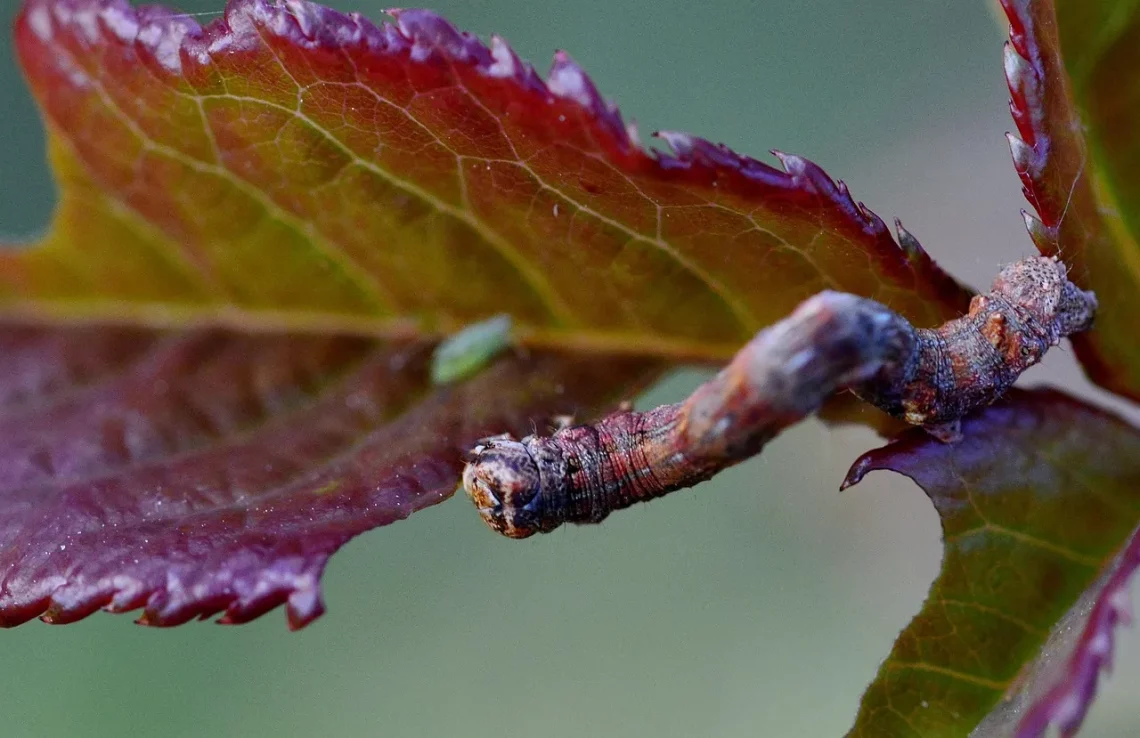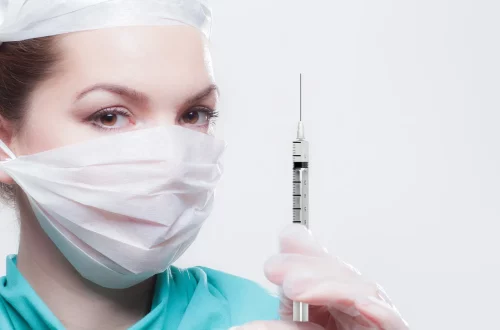
Effective Use of Permethrin for Protecting Chickens from Pests
Effective pest management is crucial for maintaining the health and productivity of poultry, particularly chickens. These birds are susceptible to a variety of pests, including mites, lice, and ticks, which can lead to health problems and decreased egg production. Farmers and backyard poultry keepers alike must be vigilant in implementing effective strategies to protect their flocks. Among the various options available for pest control, permethrin has emerged as a favored choice due to its efficacy and relatively low toxicity to birds when used appropriately. Understanding how to utilize permethrin effectively can enhance the well-being of chickens, ensuring they remain healthy and productive.
Permethrin is a synthetic pyrethroid, a class of chemicals designed to mimic the insecticidal properties of naturally occurring pyrethrins. Its effectiveness against a wide range of pests makes it a go-to solution for poultry owners. However, its application requires careful consideration to maximize benefits while minimizing potential risks. With a thorough understanding of its use, poultry keepers can foster a healthier environment for their chickens, ultimately leading to a thriving flock.
Understanding Permethrin: What It Is and How It Works
Permethrin is a man-made chemical that belongs to the pyrethroid family, which is derived from chrysanthemum flowers. This compound works by disrupting the nervous system of insects, leading to paralysis and death. Its mode of action primarily affects the sodium channels within insect nerve cells, resulting in an overstimulation of the nervous system. This is what makes permethrin a highly effective insecticide against various pests that commonly afflict chickens.
When applied to surfaces where chickens are housed or to the birds themselves, permethrin can provide immediate protection from pests such as mites and lice. It’s essential to note that permethrin is effective against both adult insects and their larvae, making it a comprehensive solution for pest management. The versatility of permethrin allows it to be used in multiple forms, including sprays, powders, and even as an ingredient in some animal health products.
For poultry keepers, understanding the importance of application methods is vital. Proper application ensures that permethrin is effective while minimizing any potential side effects. It is crucial to follow the manufacturer’s guidelines regarding the concentration and frequency of application. Overuse can lead to resistance in pests and may have adverse effects on the chickens themselves. Additionally, considering the environment in which the chickens are kept is important, as permethrin can have varying effects based on temperature and humidity.
Another critical factor to consider is the timing of applications. The life cycles of pests can vary, and applying permethrin at the right stages can significantly enhance its effectiveness. For instance, targeting adult pests and larvae during peak infestation times can help reduce the overall pest population, ensuring that chickens are less likely to suffer from infestations in the future.
Application Methods for Optimal Results
When it comes to using permethrin for pest control in chickens, the method of application can significantly influence its effectiveness. There are several common methods that poultry keepers can utilize, each with its benefits and considerations.
One of the most straightforward methods is the use of a liquid spray. This allows for targeted application directly onto the chickens and their living environment. When spraying, it is essential to ensure that the permethrin solution is evenly distributed, covering all areas where pests may hide. Pay special attention to the feathers, as mites often reside close to the skin. For optimal results, spraying should be done in the early morning or late evening when chickens are less active. This not only minimizes stress on the birds but also allows the solution to dry without excessive disturbance.
Another effective method is the use of dust formulations. Dusting can be particularly beneficial for treating nesting boxes and coop areas where pests tend to thrive. When applying a dust formulation, it is vital to use a duster tool to ensure even coverage. This method allows for a more extended release of permethrin, providing ongoing protection against new infestations.
In addition to sprays and dusts, permethrin can also be incorporated into animal health products, such as shampoos or lotions designed for poultry. These products can be used during routine health checks, helping to ensure that chickens are not only clean but also protected from pests. However, it is essential to read the labels carefully and ensure that these products contain appropriate concentrations of permethrin for safe use.
Regardless of the method chosen, always observe the chickens after application. Monitor for any signs of adverse reactions, such as excessive grooming or discomfort. If any negative symptoms arise, it may be necessary to reassess the application method or concentration used.
Safety Considerations and Best Practices
While permethrin is a powerful tool in pest management for chickens, safety should always be a top priority. Although it is generally considered safe for poultry when used correctly, improper application can lead to health issues for both the chickens and the people handling the product.
First and foremost, always adhere to the manufacturer’s instructions. This includes dosage, application frequency, and recommended safety precautions. It is crucial to wear appropriate personal protective equipment (PPE) when handling permethrin products, including gloves and masks, to minimize exposure to skin and respiratory systems.
It is also important to consider the environment where chickens are kept. Ensure that the application area is well-ventilated to reduce the risk of inhalation exposure. Avoid applying permethrin during high winds or inclement weather, as this can lead to unintended drift and exposure to other animals or humans.
After applying permethrin, it is advisable to keep chickens out of the treated area until the product has dried completely. This not only protects the birds from direct exposure to the chemical but also allows the treatment to take full effect.
Regular monitoring of the chicken’s health and behavior is essential after treatment. Look for any signs of discomfort, unusual behavior, or allergic reactions. If any adverse effects are observed, consult a poultry veterinarian for guidance.
Finally, always consider integrating permethrin use with other pest management strategies. This may include maintaining clean living conditions, practicing good biosecurity measures, and rotating pest control methods to prevent resistance development. A holistic approach to pest management can lead to healthier chickens and a more productive flock.
Integrating Permethrin into a Holistic Pest Management Strategy
While permethrin is an effective solution for controlling pests in poultry, it should not be the sole method relied upon in managing infestations. A comprehensive pest management strategy incorporates multiple approaches to ensure long-term success.
Start with prevention, which is arguably the most critical aspect of pest control. Keeping the chicken coop clean and dry can significantly reduce the likelihood of pest infestations. Regularly remove droppings, uneaten feed, and bedding that can harbor pests. Ensure that the coop is well-ventilated to reduce humidity, as many pests thrive in moist environments.
Additionally, consider the layout of the coop and surrounding areas. Ensure that there are no cracks or openings where pests can enter. Regularly inspect the coop for signs of wear and tear, and make necessary repairs promptly. Creating a barrier between the coop and the surrounding environment can also help deter pests.
Incorporating natural pest deterrents can further enhance a pest management strategy. For example, certain herbs such as lavender, mint, and rosemary are known for their pest-repelling properties. Planting these around the coop can help create a less inviting environment for pests.
Regular health checks and monitoring of the chickens can also contribute to effective pest management. Keep an eye on the chickens for any signs of pest infestations, such as feather loss, skin irritations, or changes in behavior. Early detection is key to managing infestations before they escalate.
In conclusion, while permethrin is an effective tool in protecting chickens from pests, it should be part of a broader strategy that includes preventive measures and regular monitoring. By integrating permethrin into a holistic pest management approach, poultry keepers can ensure the long-term health and productivity of their flocks.
**Disclaimer:** This article is not intended as medical advice. For any health issues or concerns regarding your chickens, please consult a qualified veterinarian.




